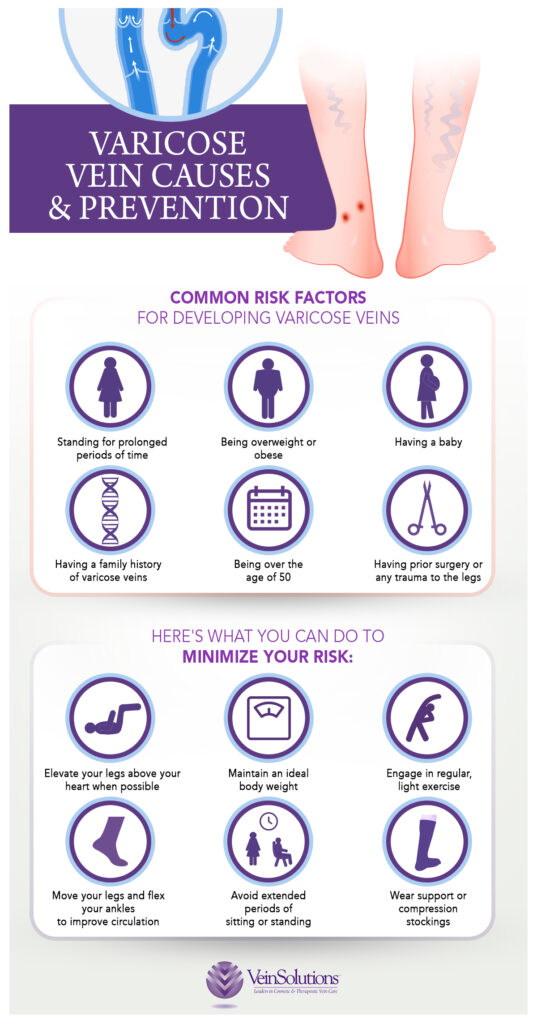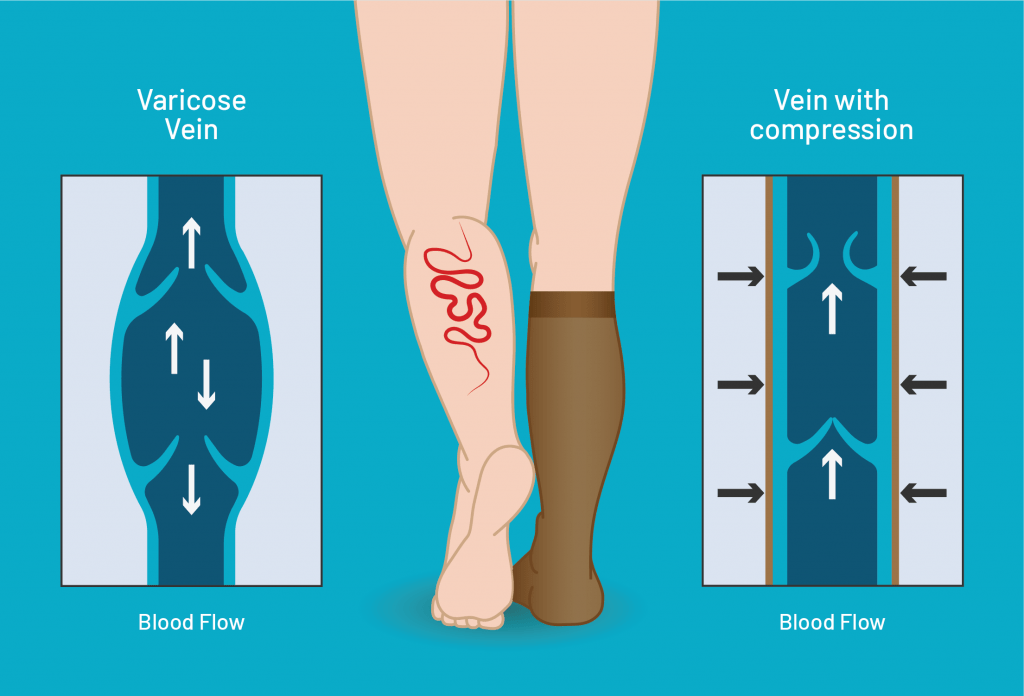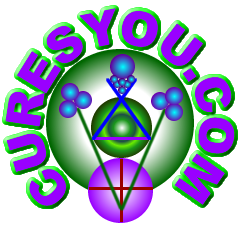Have you ever glanced down at your legs and noticed bulging, twisted veins that seem to just appear out of nowhere? Perhaps you’re concerned about these unsightly and often uncomfortable veins known as varicose veins. You’re in good company; many people experience varicose veins at some point in their lives and wonder if they can be prevented or eliminated. Let’s explore how you can prevent and eliminate varicose veins effectively and comfortably.

What Are Varicose Veins?
Table of Contents
Varicose veins are swollen, twisted veins that appear just under the surface of the skin, most commonly in the legs. These veins can be blue or dark purple and often look lumpy or bulging. They occur when the valves in the veins that help regulate blood flow become weak or damaged. This causes blood to pool, leading to the characteristic swelling and discoloration.
Symptoms of Varicose Veins
- Bulging veins
- Dark purple or blue veins
- Leg pain or heaviness
- Swelling in the lower legs
- Itching around the veins
- Skin discoloration near the affected veins
Causes of Varicose Veins
Varicose veins are primarily caused by weakened or damaged valves in your veins. Veins have one-way valves that prevent blood from flowing backward. When these valves fail, blood can accumulate in the veins, making them enlarged. Several factors can contribute to the development of varicose veins:
- Genetics: A family history of varicose veins increases your risk.
- Age: Aging increases the risk as veins lose elasticity over time.
- Gender: Women are more likely to develop varicose veins due to hormonal changes.
- Pregnancy: The volume of blood in your body increases during pregnancy, causing veins to enlarge.
- Weight: Excess weight puts extra pressure on your veins.
- Occupation: Jobs that require prolonged standing or sitting can increase your risk.
Can a Varicose Vein Go Away on Its Own?
Varicose veins do not typically go away on their own. While some small spider veins can fade over time without treatment, larger varicose veins usually require medical intervention to improve their appearance and alleviate symptoms.
Preventing Varicose Veins
Preventing varicose veins involves taking proactive steps to improve circulation and reduce the pressure on your veins. Here are some effective strategies:
Regular Exercise
Engaging in regular exercise keeps your blood circulating and improves overall vein health. Aim for at least 30 minutes of moderate exercise, such as walking, cycling, or swimming, most days of the week.
Maintain a Healthy Weight
Excess weight puts additional pressure on your veins. Maintaining a healthy weight reduces this pressure and helps keep your veins in better shape.
Elevate Your Legs
Elevating your legs can relieve pressure and improve circulation. Try to raise your legs above the level of your heart for 15 minutes several times a day.
Avoid Prolonged Standing or Sitting
If your job requires long periods of sitting or standing, try to take regular breaks to move around. Flex and stretch your legs frequently to keep the blood flowing.
Wear Compression Stockings
Compression stockings help improve circulation by putting gentle pressure on your legs. They can reduce swelling and the discomfort associated with varicose veins.
Types of Compression Stockings
| Type | Description |
|---|---|
| Graduated Compression | Most pressure at the ankle, decreasing upward. |
| Anti-Embolism Stockings | Designed for those who are immobile to prevent blood clots. |
| Non-Medical Support Hose | Provide a uniform level of compression, often used for general leg fatigue prevention. |
Healthy Diet
Eating a balanced diet rich in fiber helps prevent constipation, which can contribute to varicose veins. Include plenty of fruits, vegetables, whole grains, and lean proteins in your diet.
Hydration
Staying well-hydrated keeps your blood thinner and improves circulation, reducing the risk of varicose veins. Aim to drink at least eight glasses of water a day.

Eliminating Varicose Veins
If you already have varicose veins, several treatments can help eliminate them or reduce their severity. These range from lifestyle adjustments to medical procedures.
Lifestyle Changes
- Regular Exercise: Continue to stay active.
- Weight Management: Keep an optimal weight.
- Compression Stockings: Wear them as recommended.
- Avoid Tight Clothing: Tight clothing can restrict blood flow.
Medical Treatments
Sclerotherapy
Sclerotherapy involves injecting a solution into the vein that scars and closes it. The vein then fades over a few weeks.
Laser Treatments
Laser treatments use intense bursts of light to close off smaller varicose veins and spider veins. These treatments are less invasive and have minimal recovery time.
Endovenous Ablation Therapy
This procedure uses heat to close off varicose veins. A small catheter is inserted into the vein, and heat is applied to seal it shut.
Vein Stripping
In more severe cases, vein stripping may be performed. This surgical procedure involves the removal of large varicose veins through small incisions.
Ambulatory Phlebectomy
This minimally invasive procedure removes varicose veins through tiny skin punctures. It is usually performed under local anesthesia.
Foam Sclerotherapy
A foam solution is injected into the vein, causing it to close. This method is often used for larger veins and has similar results to traditional sclerotherapy.
Natural Remedies
Some natural remedies may help alleviate symptoms of varicose veins, although they are not a substitute for medical treatment.
Horse Chestnut Extract
Horse chestnut extract is believed to promote vein health and reduce swelling. However, it should be used under the guidance of a healthcare professional.
Essential Oils
Some essential oils like cypress, lavender, and chamomile may help improve circulation and reduce swelling when massaged onto the affected areas.
Apple Cider Vinegar
Applying apple cider vinegar to the skin or consuming it in small amounts may improve circulation and reduce swelling.
Combining Treatments
In some cases, combining various treatments may be the most effective approach to eliminating varicose veins. Consult with a healthcare provider to determine the best course of action for your particular situation.

Potential Complications of Varicose Veins
Leaving varicose veins untreated can lead to several complications. While not everyone with varicose veins will experience these issues, it’s essential to be aware of them.
Ulcers
Painful ulcers can form on the skin near varicose veins, particularly around the ankles. Seek medical attention if you notice any unusual skin changes.
Blood Clots
Blood clots, or thrombophlebitis, can occur in the veins just below the surface of the skin or in deeper veins (deep vein thrombosis). Symptoms include significant swelling and pain and require immediate medical intervention.
Bleeding
Veins very close to the skin can sometimes burst, causing minor bleeding. While this is usually not severe, it can be surprising and uncomfortable.
Chronic Venous Insufficiency
This condition occurs when the veins cannot pump enough blood back to the heart, leading to long-term swelling, skin changes, and leg ulcers.
Conclusion
Preventing and eliminating varicose veins require a combination of lifestyle changes and, in some cases, medical treatments. Understanding what causes varicose veins and how to prevent them can help you maintain healthier, more comfortable legs. While varicose veins typically don’t go away on their own, there are plenty of effective treatments available to help you manage and eliminate them. Consult with a healthcare professional to determine the best approach for your specific condition.
Taking proactive steps such as regular exercise, maintaining a healthy weight, and wearing compression stockings can go a long way in preventing varicose veins. If you already have varicose veins, exploring both natural remedies and medical treatments will provide you with options to improve your leg health and overall quality of life.






